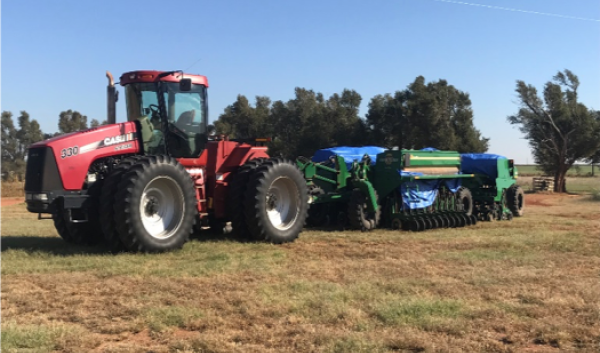Field Crops
Field crops include corn, cotton, rice, sorghum, soybeans, winter wheat, durum wheat, and spring wheat. The effects of climate change on crop production will vary by region, and will largely be a factor of impacts on resources important to agricultural production, such as soil and water. Conservation tillage, crop residue management, and cover crops are examples of management practices that can help mitigate the negative impacts of climate change.
-
How Creating Pollinator Habitat can Help Northeast Farmers Adapt to Climate Change
Improved pollinator habitat can increase the presence of native pollinators on working vegetable, fruit, and grain…
-
Delmarva and the Ground for Change
A documentary film about three family-owned farming operations who are leaders in practices that promote healthy soils…
-
Milkweed at Borderview Farm
Borderview Farm and University of Vermont (UVM) Extension are researching the potential for growing milkweed both as an…
-
Hurricane Preparation and Recovery Commodity Guides
People who live and work in the Southeastern United States are unfortunately familiar with the devastation and loss of…
-
Drought Resistant Practices
The USDA Natural Resources Conservation Service (NRCS) offers cost sharing for practices that help farmers increase…
-
Adaptation Workbook Case Study: Pope Hilltop Farm in Loyal, Oklahoma
Steve Pope is the manager and operator of a diverse farming and ranching operation in Kingfisher County, Oklahoma…
-
Dust Mitigation Handbook
Dust emission from cropland and rangeland is problematic in many areas, particularly where dry conditions and high wind…
-
Climate Adaptation and Mitigation Fellowship
The Climate Adaptation and Mitigation Fellowship curriculum provides farmers, foresters, and advisors with the…
-
No-Till: From Science to Practice
No-till is not a new concept — in fact, it has been a management practice for several decades, but perhaps gained the…









